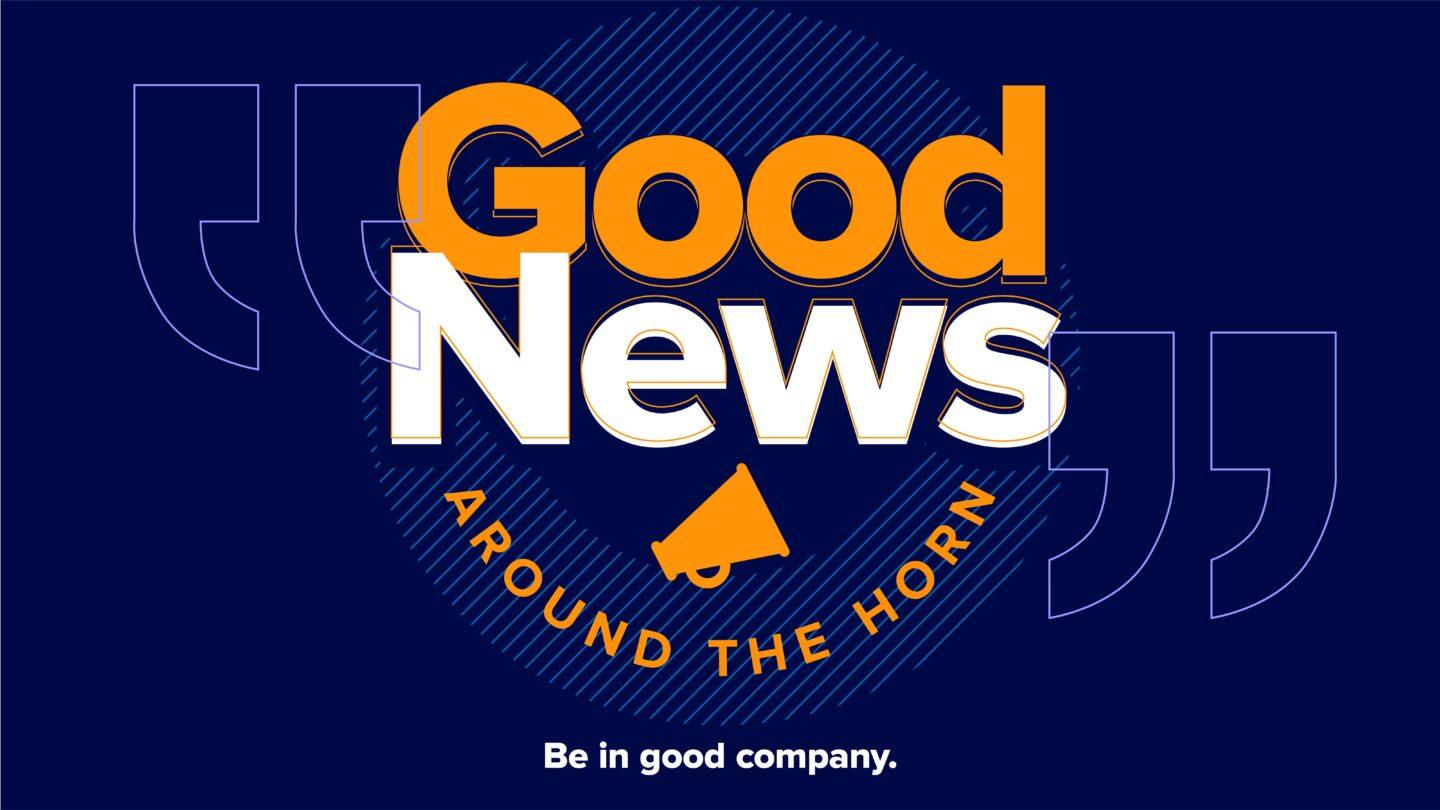June’s Industry News: The Rise of Humor in Marketing, Holiday Shopping Gets an Early Start, TVB’s Local Broadcast TV News Study, and More

AdAge: Human-First Marketing – Why Brands Need to Create Lasting Relationships with Consumers
In today’s digital era, marketing often deprives consumers of meaningful human connections. How can humanity lead the way instead of falling through the cracks in the social landscape? By relying on three elements: realness, relationships built over time, and unique personalities.
AdExchanger: What TV Advertisers Need To Know About Outcomes
In the realm of CTV advertising, “outcomes” have become pivotal. Streaming platforms actively introduce new shoppable ad formats and forge partnerships with outcomes-based measurement providers. This strategy aims to transform CTV into a performance-oriented channel that can deliver measurable business results beyond traditional metrics of reach and frequency.
Advertising Research Foundation: The Advertising Research Foundation Renews Call For Move To TV-Accessible Households as Basis of TV Audience Measurement
The ARF emphasizes the need for updated measurement standards to better capture evolving TV viewing habits in a digital age dominated by mobile and streaming platforms. This change is prompted by the significant increase in households exclusively watching TV on mobile devices, particularly among younger viewers. The ARF’s call, renewed based on data from the DASH 2023 TV Universe Study, aims to redefine TV audience measurement to encompass all households consuming TV signals, not just those with traditional TV sets.
AdWeek: Laughing Matters: How Cannes’ Humor Category Could Change Advertising
By celebrating humorous ads, Cannes Lions is not just setting new standards for creative excellence but also potentially revolutionizing the advertising industry. This move is expected to inspire brands and agencies to incorporate humor more frequently, potentially breathing new life into an industry that has been cautious about offending audiences.
Broadcasting & Cable: Local Broadcast TV Advertising Seen Rising 5.9% in 2024
Local broadcast television advertising spending is expected to grow by 5.9% to $9.91 billion in 2024 but is forecasted to drop to $8.77 billion after the election year. Local cable TV spending is anticipated to decrease by 6% to $2.32 billion in 2024 and fall to $2.12 billion in 2025. Streaming video advertising among local buyers is predicted to increase by 3.9% to over $23.3 billion in 2024, with growth reaching $24.7 billion in 2025, although this is slower than previously expected.
Civic Science: Holiday Shoppers Planning to Start Even Earlier This Year
With schools out for the summer and prime vacation season in full swing, now may not be the most obvious time to start thinking about holiday shopping. However, that’s exactly what’s on the minds of 16% of holiday gift-givers who have already begun to make purchases in anticipation of the end-of-year festivities, according to CivicScience data from June.
Civic Science: Lululemon, Vitamin Shoppe, and Fiat Primed to Take Gold Among Olympic Audiences
Several retailers, not just Olympic sponsors, are positioned to benefit from anticipated viewership during a record-breaking Olympics advertising season. However, which brands connect most effectively with the Olympic audience? Using our brand ranker tool, which monitors ongoing consumer sentiment across thousands of brand-related questions, CivicScience has identified top retail brands with the highest and lowest proportions of their customers intending to watch the upcoming Olympics.
CMS Wire: The Growing Importance of Emotional Intelligence in Marketing
Emotional intelligence (EI) in marketing involves understanding and empathizing with customer emotions, which fosters authentic connections and enhances loyalty. This approach goes beyond traditional data-driven strategies by incorporating emotional insights to create more personalized and engaging experiences. Implementing EI is challenging despite its benefits because it requires a deep understanding of consumer sentiments and motivations.
Fast Company: AI is Revolutionizing the Market Research Industry
AI’s ability to integrate work-life dynamics with consumer behavior insights offers a nuanced understanding that enhances personalization and relevance in marketing campaigns. By processing natural language responses at scale, AI saves time and money and provides deeper, unbiased insights. This transformative potential makes AI indispensable in market research, promising a future where consumer motivations and unmet needs are understood with unprecedented clarity.
Marketing Brew: Two-Thirds of Advertisers Bought Ads on Misinformation Sites
Stanford and Carnegie Mellon researchers found that between 2019 and 2021, two-thirds of advertisers unknowingly placed ads on such sites, effectively subsidizing misinformation. These sites were identified by organizations like NewsGuard and the Global Disinformation Index. Despite the prevalence of ads on misinformation sites—more than half of the top 100 advertisers were implicated—the study suggests that advertising executives may not view this as a significant issue.
MediaPost: Can Ad-Supported Streamers Still See Growth As Consumers Want Even Less Ads?
The battle against TV-video advertising persists as ad blockers seek new methods to evade detection, while premium platforms like YouTube counteract with integrated video ads that circumvent traditional blocking methods. Despite these efforts, consumer attitudes remain pivotal, particularly with the rise of subscription video platforms offering minimal advertising compared to traditional TV.
NRF: Retail Sales Jumped in May After a Slow April
Retail sales in May showed significant increases month-over-month and year-over-year, with total sales excluding automobiles and gasoline rising 1.35% seasonally adjusted from April and 3.03% unadjusted from May 2023. NRF President and CEO Matthew Shay highlighted that strong consumer spending, supported by the job market and real wage gains, drives economic growth despite inflation mainly affecting services rather than retail goods.
Phys.Org: Why Advertisers Pay More to Reach Viewers Who Watch Less
The cost to reach viewers is primarily determined by their activity level on the platforms where ads are shown rather than their income or purchasing behavior. While television advertisers are willing to pay significantly more to reach young men aged 18-34, online platforms like Instagram and TikTok charge higher rates for older demographics. This pricing strategy reflects the scarcity of active viewers—more engaged audiences command lower advertising costs per impression, whereas less active groups are more expensive to reach due to their lower viewership frequency. The study’s economic model underscores the importance of audience dynamics in setting ad prices and suggests implications for advertising strategies and media company mergers.
TVB: 2024 Local Broadcast TV News Study
Local broadcast TV news is not just a source of local news. It’s the primary source of all news. It’s the most trusted across all measured platforms. Notably, 90% of people watch local broadcast TV news at least weekly, with most watching daily, and 96% consider it crucial to receive local news via their local broadcast TV station. A significant 73% would consider dropping their provider if local news was unavailable. Severe weather, sports, and key election regions further underscore the importance of local news.
Sound Good?
If you like what you’re reading, Team TEGNA would love to discuss how we can translate this good news into results for your brand. Let’s get in touch.


















